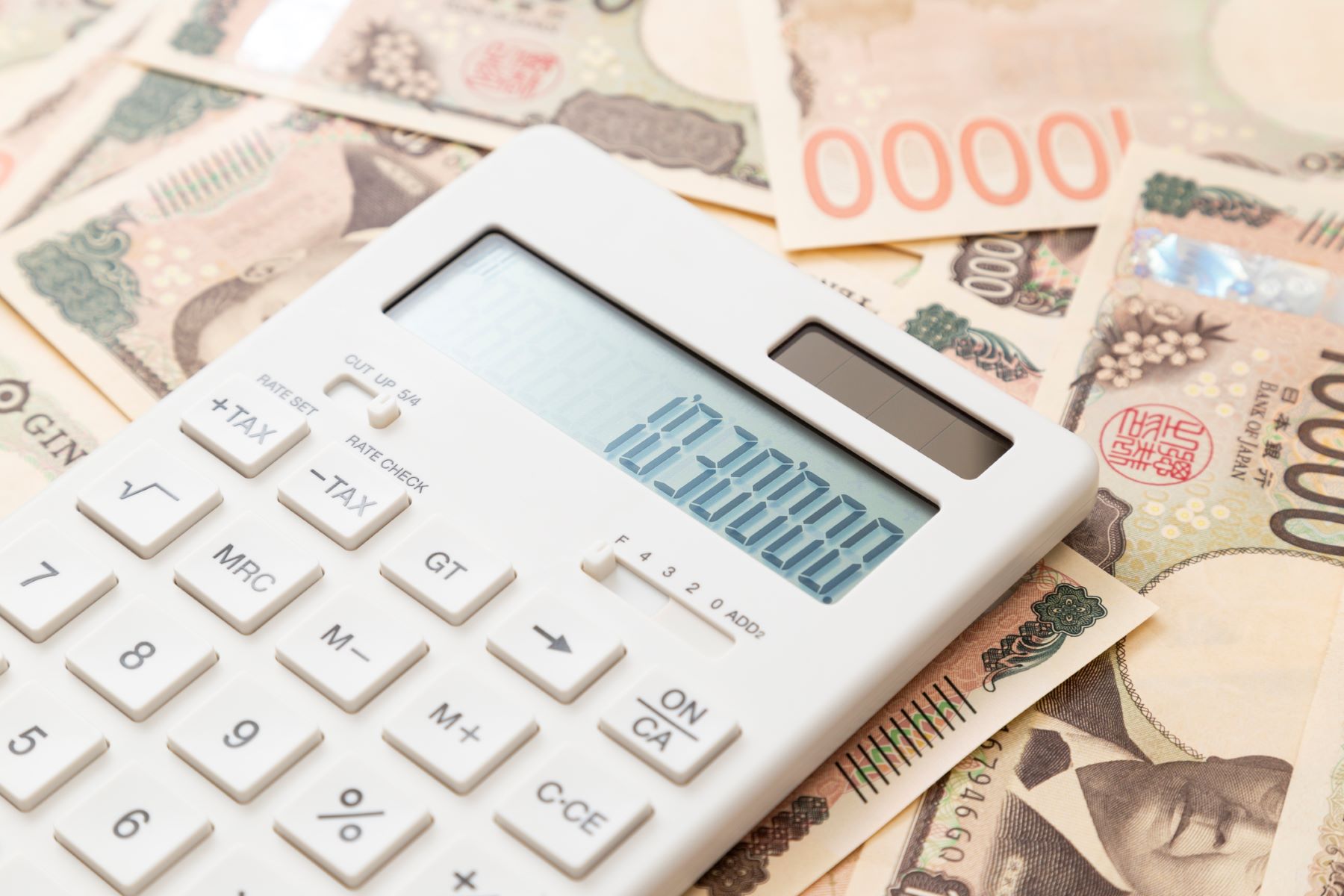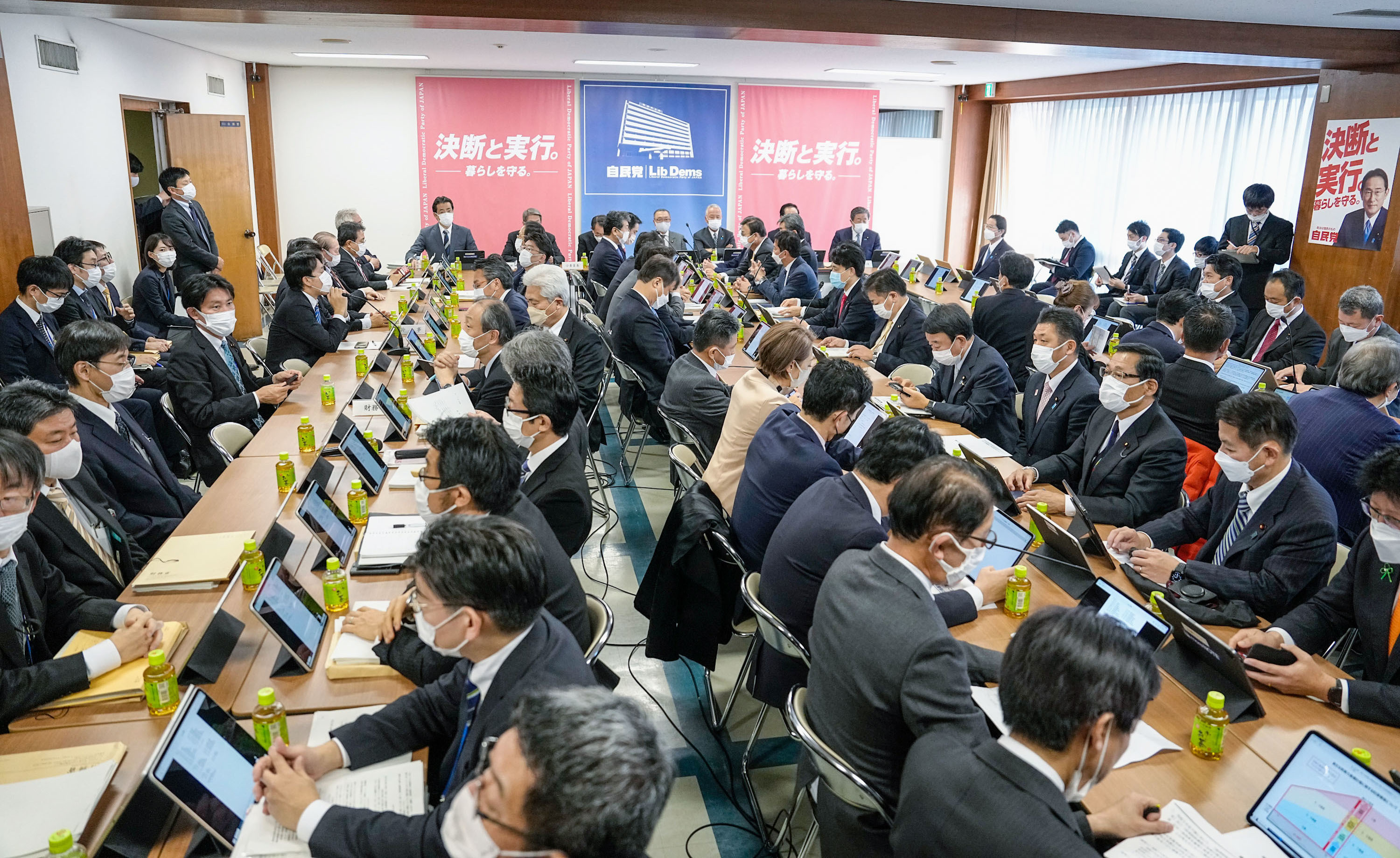
The Japanese government’s attempt to juggle safety and economic concerns during the COVID-19 pandemic has been better received overseas than at home. Research Director Sota Kato discusses the paradox and the implications for the Suga cabinet going forward.
* * *
The Japanese government’s COVID-19 response has been shaped with input from dozens of experts in multiple forums. At the early stages of the outbreak, medical and public-health experts dominated the discussion, leading to measures that were criticized as excessively focused on safety. In response, the government added economists, local officials, and business and labor leaders when it established the Novel Coronavirus Disease Control Subcommittee in June 2020. Since then, one focus of the subcommittee’s discussions has been the “trade-off” between safety and the economy. These are not necessarily opposing concerns, of course, since safety anxieties can blunt economic activity.
Given the complexities of the issue, it is clearly important for policymakers to incorporate scientific data and analyses regarding the effects of various measures (or of their absence) from the perspective of economics as well as safety. But in a democratic country like Japan, factors such as public opinion strongly affect policymaking. Ultimately, it is the public that will determine the balance between safety and economic activity.
Prioritizing Health and Safety
Japan’s political leaders are unquestionably very sensitive to public opinion. Indeed, it was only after the current cabinet’s public approval rating plunged alarmingly that Prime Minister Yoshihide Suga moved to suspend the government’s “Go To Travel” campaign and declare a state of emergency in certain areas—steps that experts had been urging to no avail.
Public opinion is not immutable, but there is growing evidence from international opinion polls and analyses that most voters, when forced to choose between safety and economic well-being, come down strongly on the side of health and safety. The Japanese people may be particularly biased toward safety, given their high level of concern about catching COVID-19, as suggested by the results of an international survey by the US polling service YouGov.
A PIER Working Paper published last September analyzed trends in government approval ratings in 35 democratic countries during the pandemic. The study found that, in countries that did not impose strict countermeasures, support for the nation’s top leadership tended to fall as infection rates rose. Public approval rose in response to lockdowns and other stringent measures. In terms of voter behavior, a study of local elections in France found that both voter turnout and support for the incumbent (measured by vote share) were significantly higher in locales that were under relatively strict lockdown.
One possible explanation for this phenomenon is the “rally ’round the flag” effect observed by political scientist John Mueller some 50 years ago. Mueller posited that major national crises tend to boost support for the country’s top leadership by fostering feelings of national solidarity. In fact, in the early stages of the COVID-19 crisis, government approval ratings and general confidence in government rose significantly in many countries, suggesting that pandemics are no exception to the rule.
But the rally-’round-the-flag effect derives from a shared sense of crisis and a perception the government is leading a united effort to overcome that crisis. That suggests that leaders are most apt to benefit from the phenomenon if they emphasize the urgency of the problem and take decisive steps to counter it. This could explain why the biggest jumps in government approval were generally seen in hard-hit countries whose leaders acknowledged the seriousness of the pandemic and took strong action to control it—not countries that escaped the virus relatively unscathed.
It could also shed light on the otherwise inexplicable attitudes of the Japanese people toward their government’s handling of the pandemic. Measured by the number of serious cases and deaths per 100,000 population, the COVID-19 pandemic has been far less severe in Japan than in most countries—and this despite the fact that Japan has the oldest population of any country in the world (hard-hit Italy ranks second). At the same time, among OECD members states, Japan has consistently ranked near the bottom in the Oxford COVID-19 Government Response Stringency Index, which tracks the strictness of different markets’ lockdown measures. Because of this seeming paradox, some overseas media outlets have talked of Japan as a COVID-response success story.
Public Supports Bold, Decisive Measures
Domestically, however, the public has taken a dim view of the Japanese government’s response. In fact, in the above-mentioned study of 35 countries, Japan registered the second-largest drop in government approval between February and July 2020 (after Romania). Among the 11 major markets surveyed in the Edelman 2020 Trust Barometer Spring Update, Japan was the only one where trust in government fell between January and May 2020.
But perhaps this reaction is not so inexplicable after all. As we have seen, the popularity of local and national leaders during the pandemic has not correlated with lower rates of infection and death from COVID-19. Indeed, in late March 2020, as the outbreak crippled the New York City region and swept across New York state, 87% of New Yorkers expressed approval of Governor Andrew Cuomo’s handling of the epidemic. Here again, we see that public support responds not to a low rate of infection or low mortality but to a consistent emphasis on health and safety backed by a bold, decisive response.
Viewed from this standpoint, Prime Minister Shinzo Abe started out strong, calling for mass school closures at the end of February. Later, however, he waffled and hesitated. As a result, local leaders like Governors Yuriko Koike of Tokyo and Hirofumi Yoshimura of Osaka stepped in to fill the vacuum, stressing the dangers of the coronavirus and attracting popular support for their rigorous response. In the end, the rally-’round-the-flag effect seemed to occur at the local level, while the cabinet’s approval rating declined. Similarly, Prime Minister Suga lost the public’s confidence by choosing the pro-industry Go To campaign over the people’s health and safety.
This is not to suggest that political leaders should blindly follow wherever public opinion leads, which would make them mere populists. Leaders can try to persuade the public to follow them. The point is that, in the end, a democratic government must secure public support for its most important domestic policies—especially policies as critical to the average person’s welfare as measures to control a pandemic.
Given the relatively low rate of COVID-19 cases and deaths in Japan, it might not be unreasonable to argue for an easing of restrictions to get the economy moving again, even if this entails a modest rise in cases. But the government has its work cut out if it hopes to pursue a policy that is fundamentally at odds with the people’s strong safety-first bias. It must heed and utilize the expertise of the economists and business leaders on the coronavirus subcommittee to craft a persuasive and justifiable policy. And it must also launch a vigorous and concerted campaign to gain the public’s understanding.
Thus far, the Japanese government has failed on both counts. The insufficiency of the prime minister’s explanations has been particularly conspicuous. Suga’s continued support for the Go To campaign came across as a study in political expediency, devoid of principle or coherence. How can one expect the people to set aside their own deep-seated safety concerns for a policy devoid of principle?
In the coming year, I hope and trust that the government will learn from these failures and present the Japanese people with a comprehensive, considered, and persuasive pandemic response.




